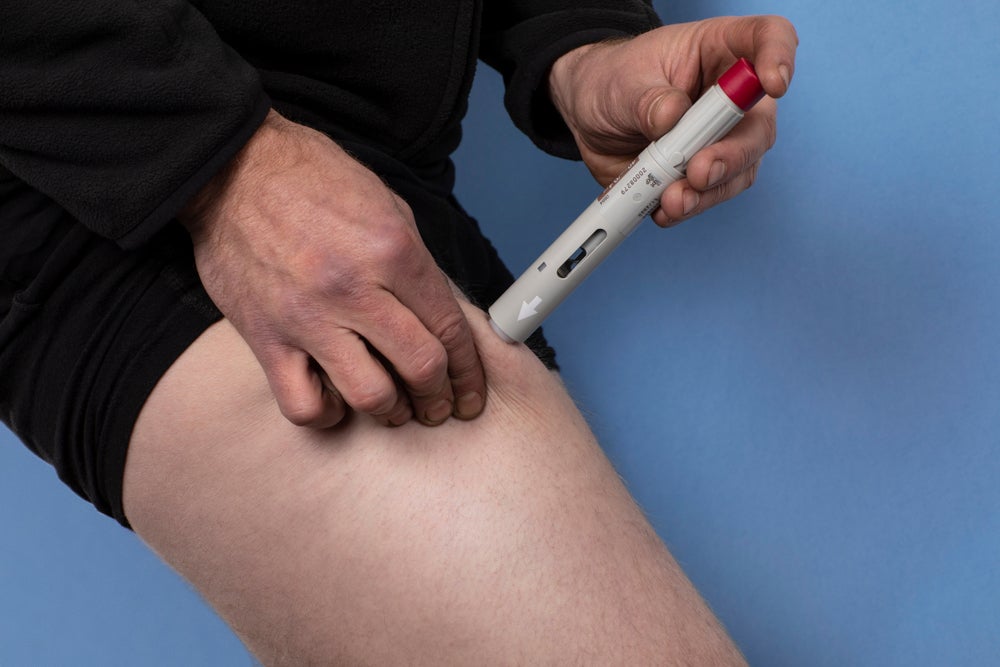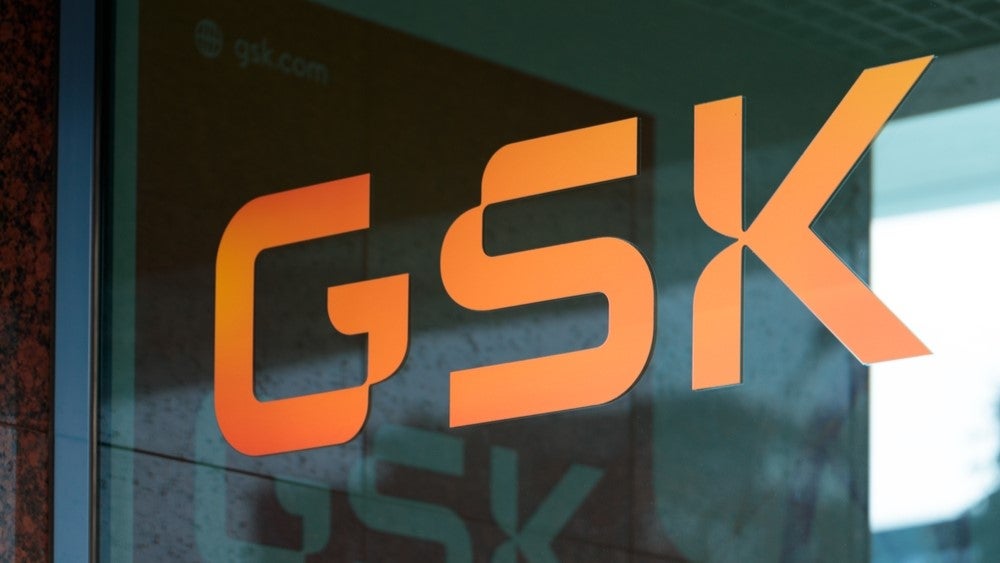
Dutch space startup Hiber is set to launch the first of its nanosatellites into orbit today as part of its mission to provide the entire planet with internet access.
While just over half of the world’s population has internet access, there are still many remote areas with limited or no connectivity.
The shoebox-sized devices, known as ‘HiberBand’, aim to solve this connectivity gap by creating a constellation of nanosatellites that relay data back to anywhere on Earth, from “pole to pole” to “oceans, deserts, even mom’s backyard”.
Affordable and reliable internet access in poorer, rural areas could enable farmers in these areas to use IoT devices to monitor soil conditions and improve crop yields.
How do they work?
The HiberBand satellites will orbit 600km above the Earth, passing the planet’s poles 16 times a day and the equator twice a day. During their orbit of the Earth, the Hiber nanosatellites will receive data beamed up from Earth-based modems and antennas.
The nanosats will then relay this data back to customers’ HiberBand modems on Earth via ground stations in Spitsbergen in Norway and Delft in the Netherlands.
How well do you really know your competitors?
Access the most comprehensive Company Profiles on the market, powered by GlobalData. Save hours of research. Gain competitive edge.

Thank you!
Your download email will arrive shortly
Not ready to buy yet? Download a free sample
We are confident about the unique quality of our Company Profiles. However, we want you to make the most beneficial decision for your business, so we offer a free sample that you can download by submitting the below form
By GlobalDataThe modem’s battery is designed to last ten years and estimates put the total cost of using the HiberBand modem as 20 times cheaper than traditional local connections.
Because of their size, nanosatellites are much cheaper than larger satellites. Much of nanosatellite technology tends to be available off the shelf.
Commercial space companies and public agencies are increasingly taking advantage of these benefits.
Most recently, NASA used two cubesats to relay data back to Earth during the critical landing phase of the Mars InSight landing.
What time will the Hiber nanosatellites launch?
Hiber plans to launch the first nanosatellite today at 18:32pm GMT from Vandenberg Air Force Base, California. It will share a ride on a SpaceX rocket with a raft of other satellite startups.
It will launch its second nanosatellite tomorrow at 4:28am GMT from the Satish Dhawan Space Centre in Sriharikota, India.
If all goes to plan, the Hiber network will be commercially operational from the first quarter of 2019 for its 25 pilot customers.
One of these partners is the British Antarctic Survey, who will use the network to stream data from its remote research stations.
Hiber intends to launch dozens more satellites across the next 12 to 18 months.
“It is beyond exciting to be the first company bringing full IoT-connectivity to the globe – as well as being the first ever commercial Dutch Satellite operator,” said Laurens Groenendijk, co-founder of Hiber.
“The commercial applications for HiberBand in the IoT-industry are limitless. We look forward to powering diverse projects, from tracking cattle to tackling climate change and more effectively growing crops.”
Hiber, which is made up of satellite experts and tech entrepreneurs, has received around €10 million in funding to date and is backed by the Dutch government.
The company is collaborating with Amazon Web Services, IBM Watson and Actility for the project to streamline integration into cloud services.
You can watch a livestream of the California launch here.
Update
The launch has been delayed due to high winds.
We have a delay… again.
Unfortunately, they informed us early this morning that the launch of HIberTwo is delayed again, due to extreme high altitude winds that violate Range requirements.
We’re expecting the launch to take place in a couple of days. pic.twitter.com/gyzx72x4Jb
— Hiber (@HiberGlobal) November 28, 2018
Read more: SAINTS programme to supply UK businesses with satellite data insights







